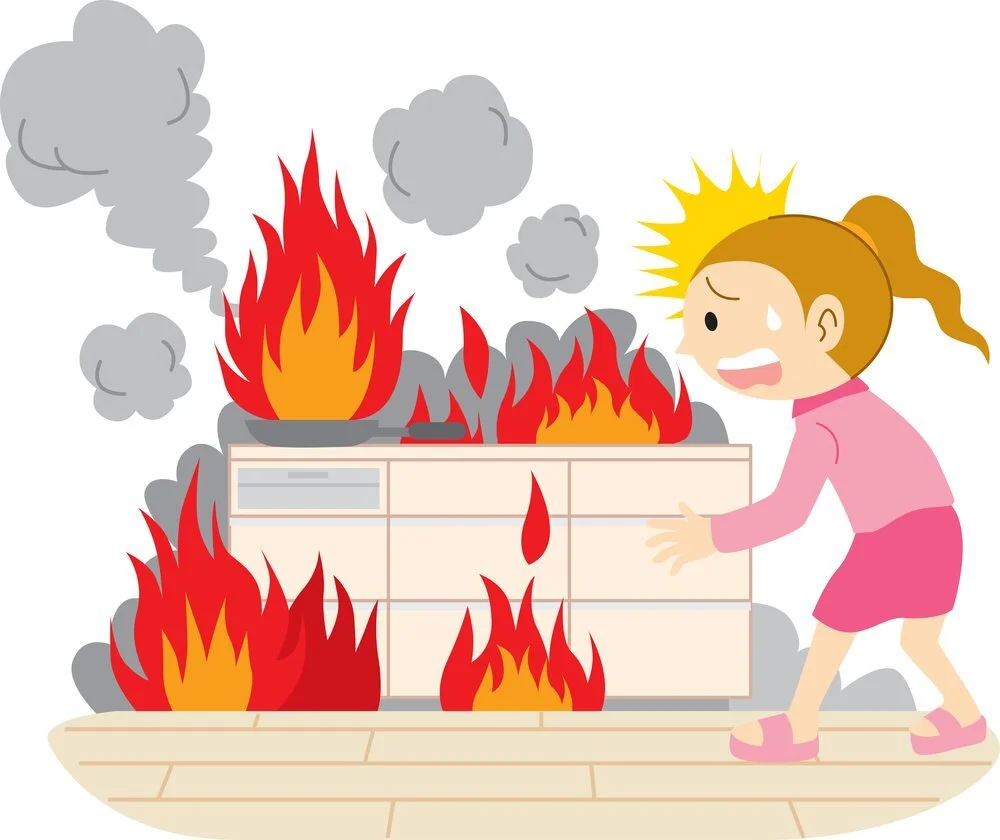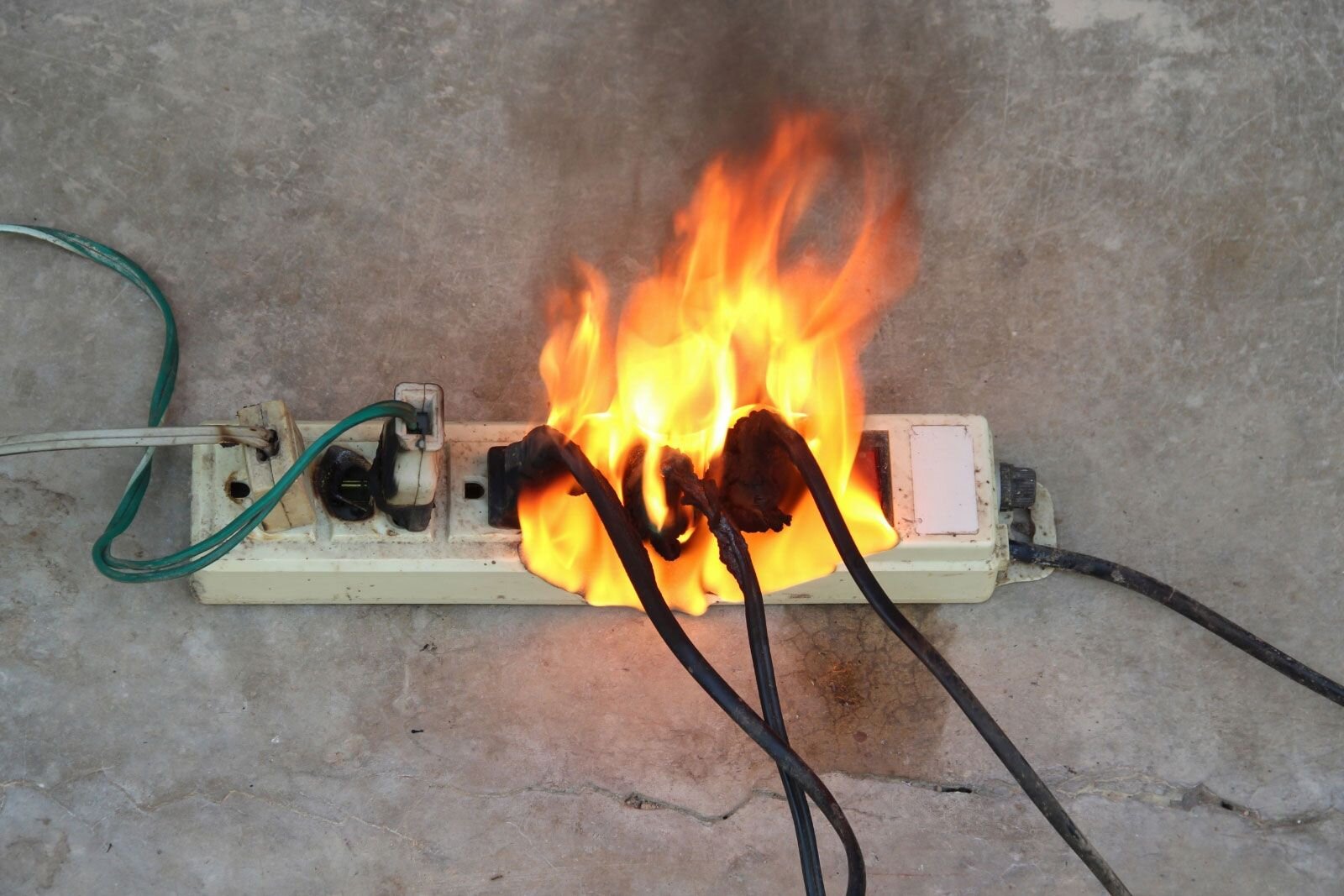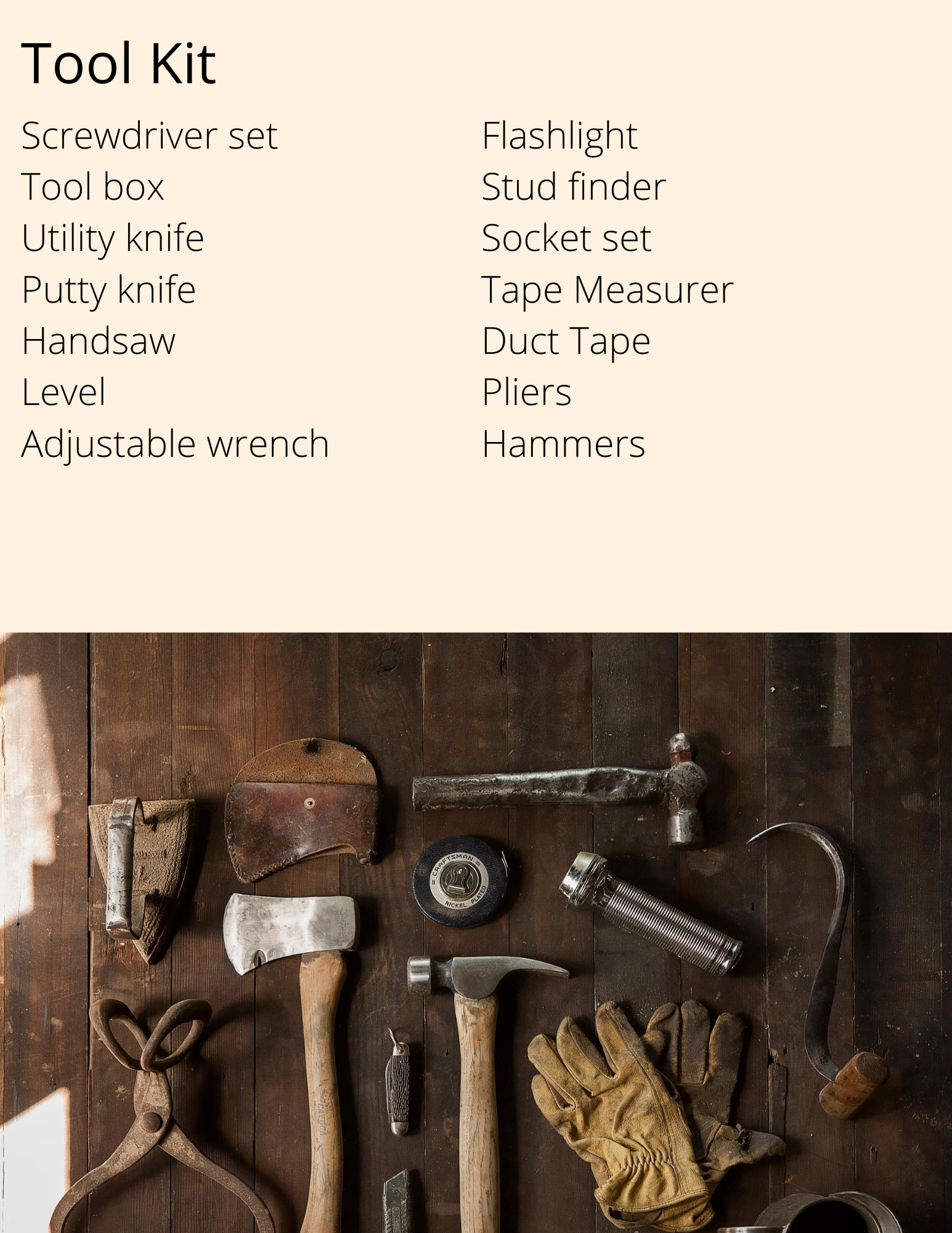Tips and Tricks to Make Changing Houses Easier
Whether you’re moving down the street, three states over, or to a new country, moving is a PAIN. We know it, you know it, and the moving companies know it. There are a few tricks that can make your life easier though.
Make a checklist for before, during and after the move.
This should be based on how you’re going to do things. What order do you want to get things done? The people over at moving.com have a fantastic checklist that breaks things down from 8 weeks prior all the way through your first month after.
Start at least 3, if not 6 months before the move and go through everything.
If you haven’t used it, if you can’t use it, or if you don’t care about it, donate it! Why waste time and energy moving it if you don’t need it or won’t use it? Better to get rid of it now!
Yes, we do mean everything. From clothes, linens and toys, to books, appliances and furniture, there’s always someone out there that could use it. (We would say sell it via something similar to NextDoor but a) they’re not sponsoring us and b) selling stuff takes more time that you may or may not have!) Check out your local goodwill, habitat for humanity and your library to see what they can take and if they can’t make other suggestions in your area.
Make a moving folder, or binder.
This should be both a physical file and a digital one. This way, even if you don’t have signal or battery, you still have access to all of the papers you need. This should include all of the following:
New addresses
Rental or purchasing papers
Utilities - when you called, who you talked to, the dates for things being turned off and on at your different residences. As well as receipts.
Any receipts from purchases you’ve made for moving and packing materials.
Agreements with movers, or truck rental dates and receipts.
If you keep hold of it, if anything goes wrong, you’ll have the answers to hand. This should stay with you at all times before and during the move. We suggest making sure you know where it is for at least a year afterwards as well, just to be safe.
Invest in supplies ahead of time.
The last thing you want while packing boxes or loading the truck is to have to run to the store.
So stock up ahead of time on these things.
Boxes
Tape - both colored and packing
Bandages
Paper towels
Garbage bags
Box cutters
Paper plates
Furniture pads or covers
Create a floor plan and color code it.
If you already know where you’re going, that’s great! Grab a couple of copies of the floor plan and some varieties of duck tape. We suggest either bold primary colors, or wild patterns, a different variety of tape for each room.
Now, every box that goes into a specific room in your new home should have a strip or square of tape on it that matches the room it's going to. This way as you’re unloading the truck it’s easy to say exactly where something goes without having to stop and think about it.
You can also use a number system to organize your boxes.
Using a notebook or a document on your phone, you can keep a breakdown of what each box contains. This makes things more organized when you’re unpacking. You can go through the list and pull only the boxes you need at a given time to unpack.
Pack ahead of time, as far ahead as possible.
Even if you haven’t found /exactly/ when you’re moving yet, and you just have a general time frame, the sooner you start packing, the sooner you’ll be done. It also means you’ll have less to stress about as the date comes closer.
Two places to start are out of season clothes/linens and items you won’t miss.
Book early
Moving services, rental trucks, professional movers, all book well ahead of time. The earlier you can book, the better.
Pack and clearly label your LIFO box.
Wondering what LIFO means? Last In, First Out. This is the box or suitcase that stays with you during the move , and should content all the things you’re going to need for the first day in your new place, or during a moving trip.
A change of clothes for everyone, a toothbrush, must have stuffed animals, medications, paperwork, etc.
When it comes to packing, there are a few rules to run through.
Size should be inverse to weight.
Use small boxes for heavier objects like books.
This means that the boxes will a) be less likely to break open during transit and b) be easier to move.
Use larger boxes for lighter things like pillows, bedding and the like.
Put the heaviest things on bottom and don’t leave spaces.
If you don’t have enough for a box, or you feel it’s already heavy enough, use clothing, towels, bubble wrap or packing paper to fill the excess space. Not only does this keep things from shifting too much, but by going from heaviest to lightest, things are less likely to be damaged en route.
Tape the way professional movers do.
Use a couple of pieces across the top and bottom seams of the box. Then wrap all the way around the edges of the box, again top and bottom. This strengthens the edges where the most stress is.
Be extra careful when packing your kitchen.
We suggest watching videos like this one to learn how to pack plates. This one for packing cups, glasses and stemware. This one for packing pots and pans. And for everything else in your kitchen, we have this post from our archives.
Know how to pack your TVs or Computer monitors.
Plasma TVs and monitors require special boxes for shipping due to how wretchedly delicate they are. If you don’t have the original box and foam it came with, you’ll need to hunt down one of those special boxes. Whatever you do, don’t just wrap them in furniture quilts or lay them flat or you’ll be shopping for a new one once you get unpacked.
How do you go about planning for a move? Do you have tips and tricks that we missed out on? Let us know in the comments below or on our Facebook! We’d love to get a conversation going to help out more people.
Whether you’ve been in Coppell and the surrounding area for years, or you’ve just moved in, Appliance Rescue Service is here to help. Whether you need someone to take a look at a dishwasher that won’t drain, or a fridge that isn’t working, we’ve got you covered. Or if you just want someone to take a look at all of your appliances to let you know how to keep them maintained, we can do that too. You can get hold of us at ((214) 599-0055) or by visiting our website.














